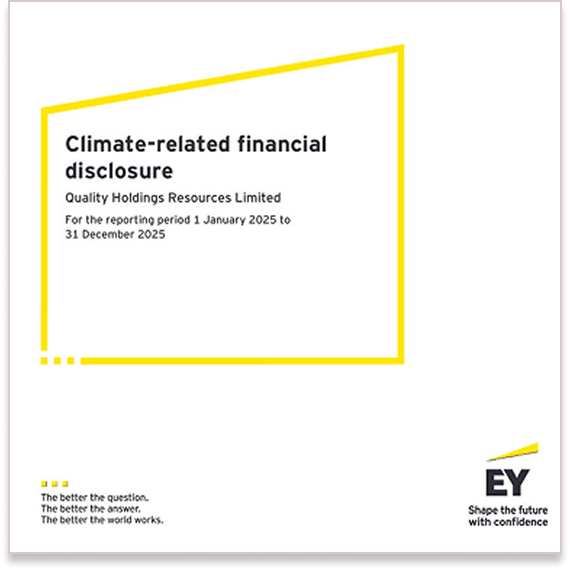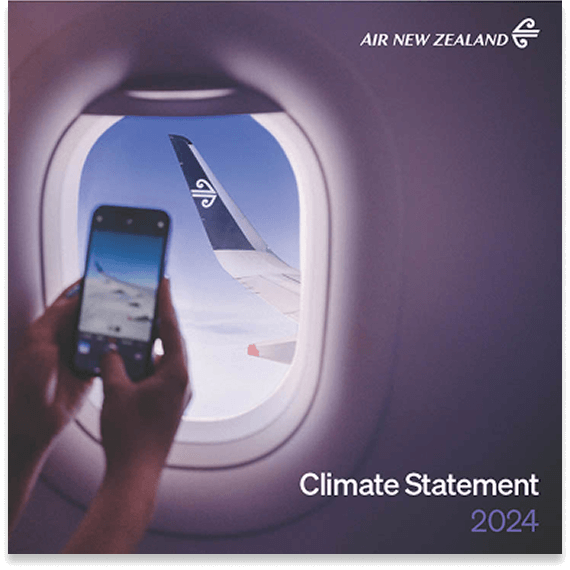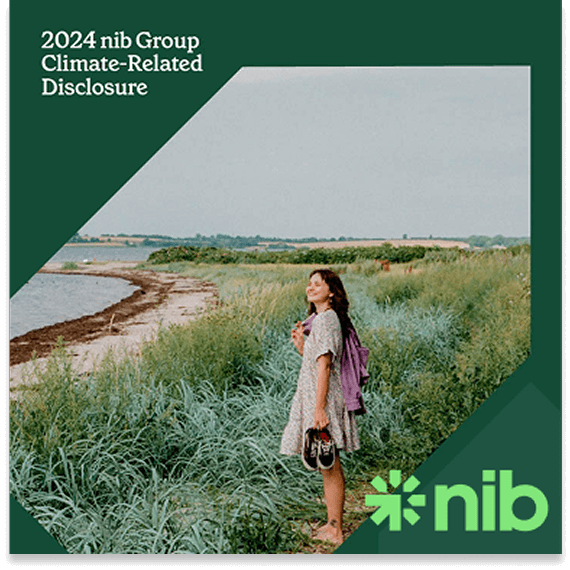What ASRS and AASB S2 is, and why now?
Mandatory climate reporting (MCR) is being rolled out in Australia, with the Australian Sustainability Reporting Standards (ASRS) setting the overall rules, and AASB S2 being the specific climate standard that businesses must follow.
AASB S2 requires businesses to disclose climate-related risks, opportunities, and emissions with the same rigour as their financial reporting.
The phased rollout began in January 2025, with up to 149 disclosures to be included in annual financial reports lodged with ASIC. Globally, this is already the norm with
- the UK mandated under TCFD from 2022
- New Zealand under NZCS from 2023
- the EU under CSRD from 2024
For Australian businesses, this means two things:
- More scrutiny and assurance demands across your business and value chain
- Clearer access to global capital as disclosure standards converge worldwide
Group 1 businesses (Australia’s largest enterprises) have already started reporting, and the countdown has begun for Group 2 mid-market companies who must begin in 2026. And with only months (not years) to establish solid foundations, the time to act is now.
Sound overwhelming? That’s why we created the Climate Reporting Academy. It’s a step-by-step program that doesn’t just tell you what to do, but shows you how to do it. Each module includes practical tools to help you get compliant faster, with less effort.
And it all starts here with Module 1: The Complete Guide to AASB S2, breaking down who’s captured, what’s required, and when deadlines kick in.
Why this matters for your business
Picture this: You're a CFO of an Australian business generating $300m in revenue. You've just learned your business falls into Group 2 of Australia's mandatory climate reporting requirements, with sustainability reports required from 1 July 2026.
But when asked about your company's climate impacts at the last AGM, you struggled to provide concrete answers.
You're not alone, but the stakes are unprecedented.
False or misleading climate statements could result in penalties up to $16.5 million (or 10% of annual turnover capped at $825m), and prison terms of 15 years with directors personally liable. That's not a typo - individual directors face personal liability similar to financial reporting breaches.
Yet the opportunity is equally compelling. Of directors who see climate as a material risk, 70% also see opportunity from transition. Early movers gain competitive advantages through improved risk management, enhanced access to global capital and investor confidence, and positioning for the net-zero economy.

The practical guide: who needs to do what, by when
Who needs to report, and when
Under Australia’s mandatory climate reporting framework AASB S2, companies need to report based on size and reporting obligations, starting in 2025. The legislation applies to large entities meeting specified revenue, asset, and employee thresholds, as well as certain registered schemes and financial institutions. Smaller entities will follow in later stages, ensuring a phased and proportionate rollout.

What ASRS AASB S2 actually requires
AASB S2 requires entities to disclose information about climate-related risks and opportunities affecting cash flows, access to finance, or cost of capital.
The standard mandates four core disclosure pillars:
- Governance: How your board and management oversee climate-related risks and opportunities
- Strategy: Impact of climate risks on business model, strategy, and financial planning, including scenario analysis to assess climate resilience
- Risk Management: Processes for identifying, assessing, and managing climate risks
- Metrics & Targets: Scope 1, 2 and 3 greenhouse gas emissions and related targets
Unlike voluntary reporting, AASB S2 demands evidence-based, auditable disclosures. The standard aligns with International Finance Reporting Standard (IFRS) S2 with minimal variations, but includes Australian-specific requirements like prescribed climate scenarios and modified consolidation rules.
While this rollout may sound daunting, there’s a little room to breathe
- Scope 3 disclosures are not mandatory until the second year of reporting for a given entity
- assurance is limited to start with, ramping up to reasonable assurance by year 4
The high-level, step by step guide
To make it easy for you, here’s the 6 step process to compliance, outlining who needs to do what. The when will depend on what Group your entity belongs to, given the phased rollout of AASB S2.

Step 1: Conduct a readiness assessment
- Relevant disclosure pillar: All
- Who: CFO and Head of Risk or Sustainability
- How:
- Conduct a gap analysis for your business, against AASB S2 requirements
- Review existing data systems and processes
- Identify budget, resource and capability needs
- Output: Readiness assessment report with roadmap to compliance
Step 2: Establish governance framework
- Relevant disclosure pillar: Governance
- Who: Board and CEO
- How:
- Assign climate oversight to specific board committee
- Appoint executive sponsor with clear accountability
- Define reporting lines and decision rights
- Output: Board-approved climate governance charter
Step 3: Build emissions measurement capability
- Relevant disclosure pillar: Metrics and targets
- Who: Finance, Operations and Sustainability teams
- How:
- Implement emissions data management system
- Determine reporting boundaries
- Map emission sources across Scopes 1, 2, and 3
- Begin Scope 3 supplier engagement
- Ensure audit trails for all data from source to final figure
- Output: Baseline emissions inventory
Step 4: Develop scenario analysis for your climate related risks & opportunities
- Relevant disclosure pillar: Strategy and Risk Management
- Who: Strategy and Risk teams
- How:
- Select climate scenarios (minimum 1.5°C and 2.5°C)
- Model physical and transition risks, quantifying financial impacts and opportunities
- Assess business resilience
- Output: Climate scenario analysis report
Step 5: Set targets and transition Plan
- Relevant disclosure pillar: Strategy and Transition & targets
- Who: Executive team with board approval
- How:
- Determine the metrics that matter for your business
- Model and select emission reduction targets
- Develop transition plan
- Link to strategy and capital allocation
- Output: Board-approved transition plan
Step 6: Prepare first disclosure & assurance
- Relevant disclosure pillar: All
- Who: Cross-functional reporting team
- How:
- Draft climate statement and notes
- Engage limited assurance provider
- Internal review and assurance readiness
- Limited assurance process
- Board review and approval
- Output: AASB S2 compliant disclosure report with limited assurance opinion, ready for ASIC submission with your annual financial report


Common mistakes to avoid
Mistake #1: Treating AASB S2 like a sustainability project
AASB S2 disclosures sit under the same governance and assurance as financial statements. Treating them as a side sustainability initiative risks misalignment and non-compliance.
Do instead: Integrate with financial reporting and risk teams from day one. This ensures compliance with both the Corporations Act and AASB S2 and leverages existing controls.
Mistake #2: Leaving it too late
AASB S2 compliance can take years, not weeks. If you wait, you’ll be figuring out emissions and climate risk in public (or worse, under pressure from auditors or strategic clients).
Do instead: Start early. Use the lead time to test systems, build processes, and ensure your first report is audit-ready.
Mistake #3: Using spreadsheets for emissions tracking
Spreadsheets lack traceability, consistency, and the audit trails required for assurance. As reporting matures, they quickly become error-prone, unscalable and drive up assurance costs.
Do instead: Invest in purpose-built software with auditable emissions measurement, saving time, effort and money on audit fees

What a good AASB S2 report looks like
Mandatory climate reporting is new and can feel overwhelming, but understanding what good looks like helps you work towards achieving it. While no company has yet released their AASB S2 report, here are a few exemplary climate disclosures that provide valuable inspiration. Future modules of this Climate Reporting Academy will then help take you from where you are today, to drafting your first report.
Disclaimer: These examples follow different frameworks. Use them for inspiration while ensuring your disclosures meet AASB S2 requirements and reflect your unique circumstances.
The result of quality disclosure? Enhanced investor confidence, improved operational efficiency through energy savings, and strategic advantages in green financing – turning compliance into competitive advantage.
Private businesses note: You don't need marketing-grade reports. AASB S2 reports are lodged with ASIC alongside financial statements – prioritise compliance over aesthetics.

Next steps: Your 14 day action plan
Week 1: Build your foundation
You now have the foundations to get started, so its time to build on that by
- getting across the detail of AASB S2 requirement's at standards.aasb.gov.au
- aligning your team by getting your leadership and peers across this Academy module, ensuring everyone is starting from the same baseline
Week 2: Conduct a readiness assessment
Use the complimentary readiness assessment tool in Module 2: Readiness Assessment, to
- pinpoint your current state and identify your top three gaps
- map out a compliance roadmap with budget and resource estimates
- present readiness findings to executive team

Additional resources
For those who want to dive deeper, here is some additional reading:



















